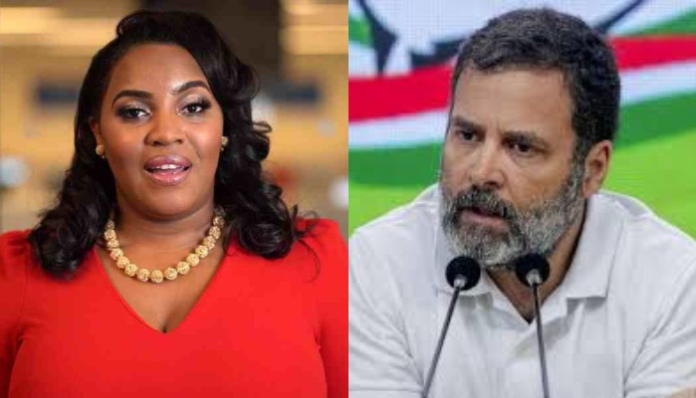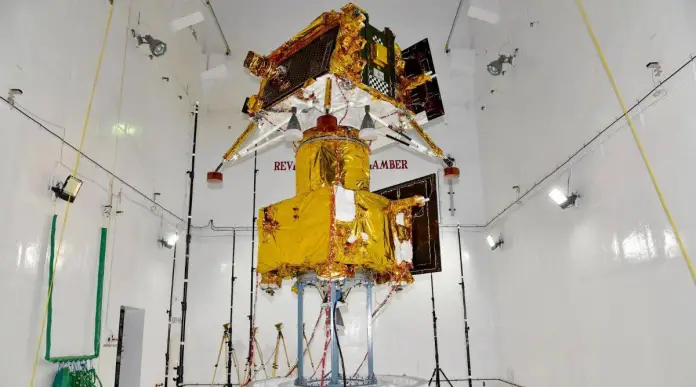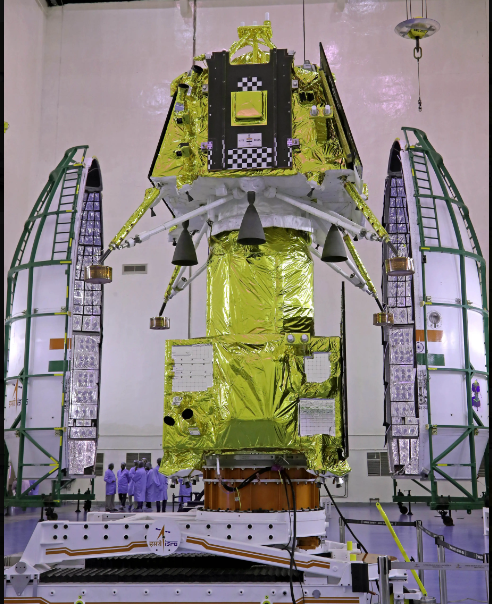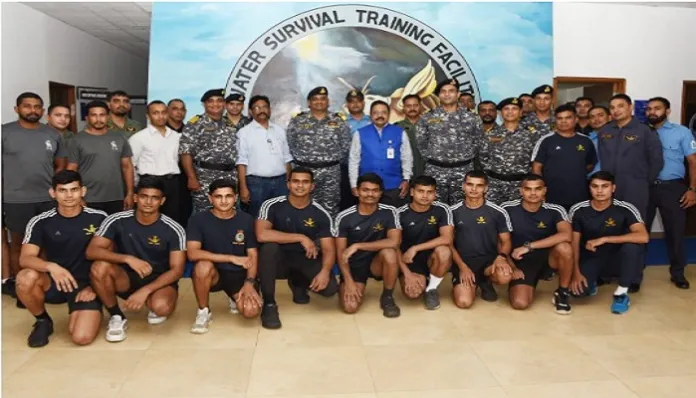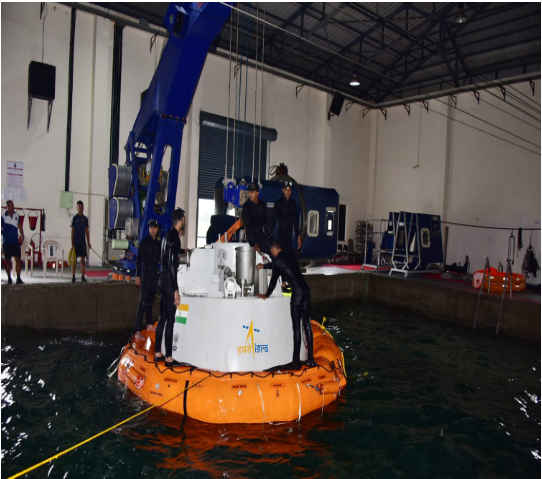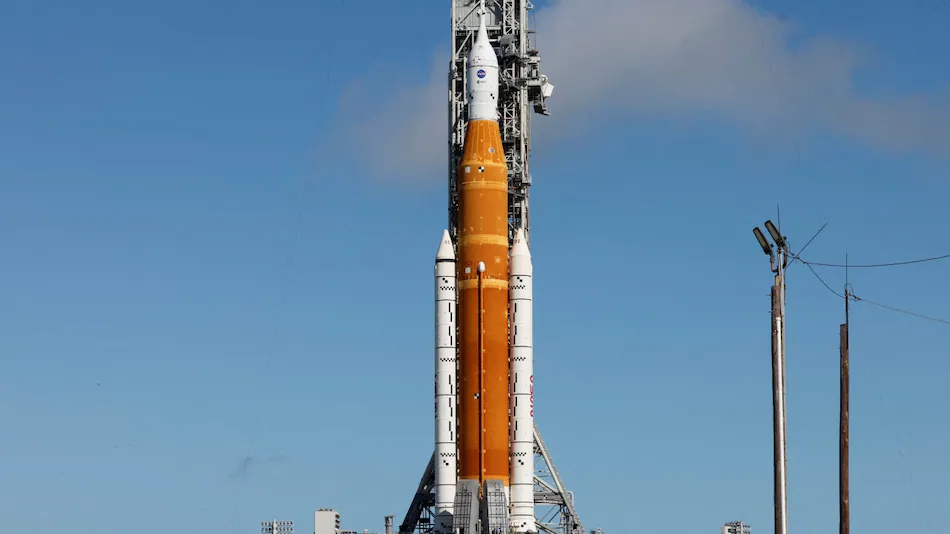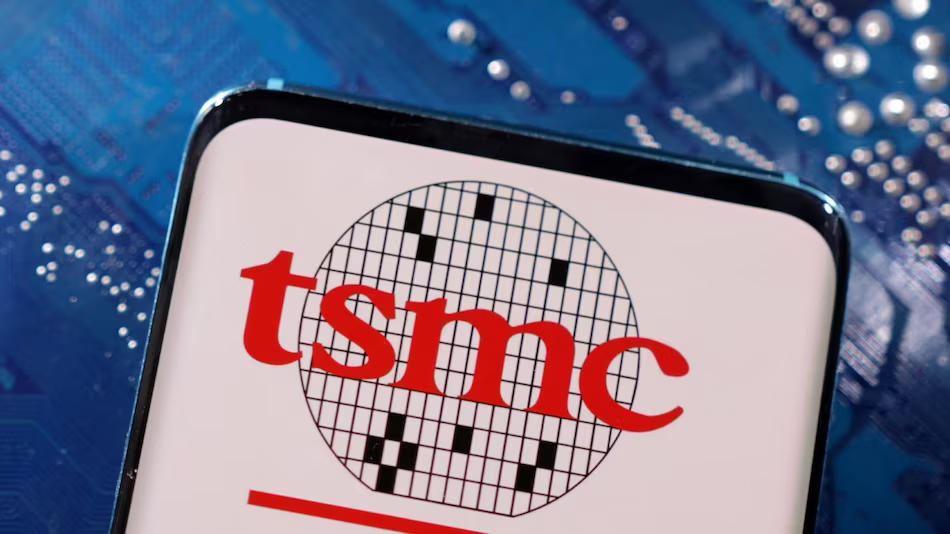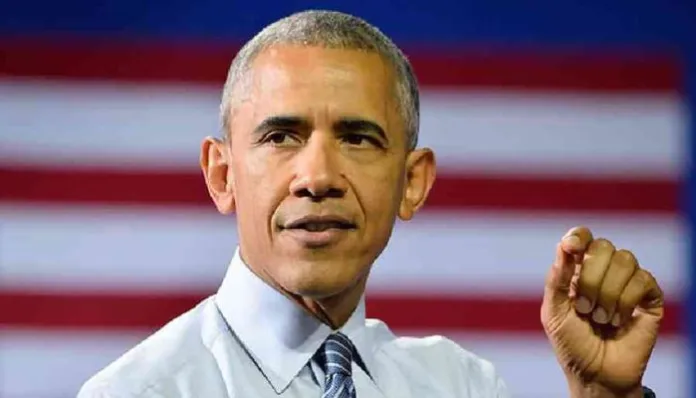Article below as its paywalled for many.
The Surprising Striver in the World’s Space Business
With at least 140 registered space-tech start-ups, India stands to transform the planet’s connection to the final frontier.
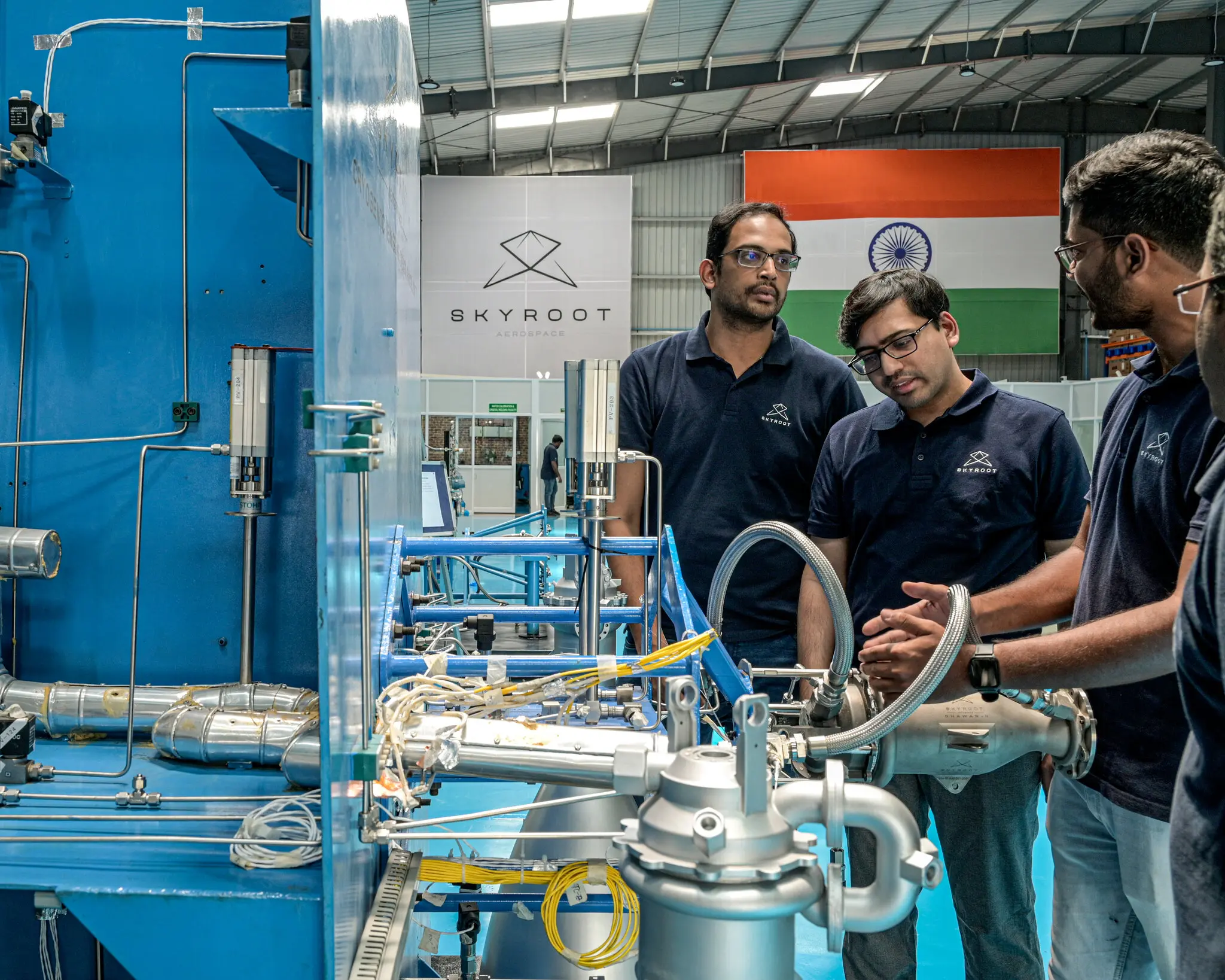
Pawan Kumar Chandana, center, the chief executive of Skyroot Aerospace, and his business partner, Bharath Daka, on his right. Mr. Chandana anticipates a global need for 30,000 satellites to be launched this decade.Credit...Atul Loke for The New York Times
When it launched its first rocket in 1963, India was a poor country pursuing the world’s most cutting-edge technology. That projectile, its nose cone wheeled to the launchpad by a bicycle, put a small payload 124 miles above the Earth. India was barely pretending to keep up with the United States and the Soviet Union.
In today’s space race, India has found much surer footing.
In a sleek and spacious rocket hangar an hour south of Hyderabad, a hub to India’s tech start-ups, a crowd of young engineers pored over a tiny, experimental cryogenic thruster engine. The two founders of Skyroot Aerospace, talking between blasts of hissing steam, explained their exhilaration at seeing a rocket of their own design mount India’s first private satellite launch last November. These new thrusters will guide Skyroot’s next one into orbit this year, with a much more valuable payload.
Suddenly India has become home to at least 140 registered space-tech start-ups, comprising a local research field that stands to transform the planet’s connection to the final frontier. It’s one of India’s most sought-after sectors for venture capital investors. The start-ups’ growth has been explosive, leaping from five when the pandemic started. And they see a big market to serve. Pawan Kumar Chandana, 32, Skyroot’s chief executive, anticipates a global need for 30,000 satellites to be launched this decade.
India’s importance as a scientific power is taking center stage. When President Biden hosted Prime Minister Narendra Modi in Washington last month, the White House’s statement said the two leaders “called for enhanced commercial collaboration between the U.S. and Indian private sectors in the entire value chain of the space economy.” Both countries see space as an arena in which India can emerge as a counterweight to their mutual rival: China.
For its first three decades, the Indian Space Research Organization, or ISRO, the local version of NASA, made the country proud: An image of India’s first satellite graced the two-rupee note until 1995. Then for a while India paid less attention to its space ambitions, with young researchers focused on more tangible developments in information technology and pharmaceuticals. Now India is not only the world’s most populous country but also its fastest-growing large economy and a thriving center of innovation.
The business of space has changed, too. Driven more by private enterprise than by gigantic government budgets, space technology is fulfilling smaller-scale, commercial purposes. Imaging systems feed information about the planet back to Earth, helping India’s farmers insure their crops or commercial fishing fleets track their catch. Satellites bring phone signals to the country’s remotest corners and help operate solar farms far from India’s megacities.
Since June 2020, when Mr. Modi announced a push for the space sector, opening it up to all kinds of private enterprise, India has launched a network of businesses, each driven by original research and homegrown talent. Last year, the space start-ups raked in $120 million in new investment, at a rate that is doubling or tripling annually.
As ISRO, pronounced ISS-ro, makes room for new private players, it shares with them a profitable legacy. Its spaceport, on the coastal island of Sriharikota, is near the Equator and suitable for launches into different orbital levels. The government agency’s “workhorse” rocket is one of the world’s most reliable for heavy loads. With a success rate of almost 95 percent, it has halved the cost of insurance for a satellite — making India one of the most competitive launch sites in the world.
And there is money to be made launching equipment into space: That market is worth about $6 billion this year and could triple in value by 2025.
In Hyderabad, the working loft occupied by Dhruva Space, which deploys satellites and was India’s first space start-up, is modishly littered with dummy satellites, atmospherically controlled labs known as clean rooms and an artificial-gravity testing rig. In any given month, Kranthi Chand, its head of strategy, is hardly there, as he spends about one week in Europe and another in the United States, rounding up clients and investors.
It was Elon Musk who stole India’s — and the world’s — thunder on the space business. His company, SpaceX, and its relaunchable rockets brought down the cost of sending heavy objects into orbit so much that India could not compete. Even today, from American spaceports at $6,500 per kilogram, SpaceX’s launches are the cheapest anywhere.
India has an abundance of affordable engineers, but their smaller salaries alone cannot beat the competition. That leaves an Indian company like Skyroot concentrating on more specialized services.
“We are more like a cab,” Mr. Chandana said. His company charges higher rates for smaller-payload launches, whereas SpaceX “is more like a bus or a train, where they take all their passengers and put them in one destination,” he said.
SpaceX propelled India’s start-up energies toward space. By the time Mr. Modi made it a priority, some of ISRO’s own engineers were getting into the game, including Mr. Chandana of Skyroot and his partner, Bharath Daka, 33.
One of India’s advantages is geopolitical. Two countries that have long offered lower-cost options for launches are Russia and China. But the war in Ukraine has all but ended Russia’s role as a competitor. OneWeb, a British satellite start-up, took a $230 million hit after Russia impounded 36 of its spacecraft in September. OneWeb then turned to India’s ISRO to send its next constellation of satellites into orbit. Likewise, the U.S. government would be more likely to approve any American company’s sending military-grade technology through India than through China.
India’s vendor ecosystem is staggering in size. Decades of doing business with ISRO created about 400 private companies in clusters around Bengaluru, Hyderabad, Pune and elsewhere, each devoted to building special screws, sealants and other products fit for space. One hundred may collaborate on a single launch.
Skyroot and Dhruva work in the relatively sexy sectors of launch and satellite delivery, but together those account for only 8 percent of India’s space business pie. A much bigger slice comes from companies that specialize in collecting data beamed by satellite.
Pixxel is a notable start-up in that area. It has developed an imaging system to detect patterns on the Earth’s surface that lie outside the range of ordinary color vision. It has headquarters in Bengaluru and an office in Los Angeles — as well as a contract with a secretive agency within the Pentagon. Even bigger chunks of the satellite business will inevitably go to consumer broadband and TV services, beamed down from low orbit.
In Skyroot’s hangar, its engineers turned entrepreneurs, educated at two of the original Indian Institutes of Technology and given on-the-ground experience working at ISRO, talk the language of venture-capital funding. After “the seed round,” Mr. Chandana recounts, “next is the series A, that was around 11 million, and then there’s a bridge round of 4.5 million.”
The company has raised $68 million, after four rounds. But they have no plans to cash out anytime soon. They are palpably more excited about the science than the business, which neither of them studied. Running a company, Mr. Chandana said, is “just common sense.”

